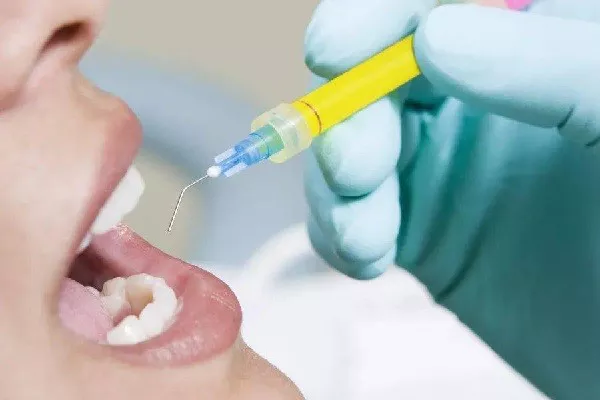Dental fillings are a common treatment for tooth decay, and they are designed to last for a long time. However, fillings may eventually need to be replaced due to wear and tear, decay, or other factors. Here’s what you need to know about how often fillings need to be replaced.
On average, dental fillings can last anywhere from 5 to 15 years, depending on the material used and the location of the filling. Amalgam (silver) fillings tend to last longer than composite (tooth-colored) fillings, but both types can eventually wear down or break.
Factors that can impact the lifespan of a filling include the size and location of the filling, the material used, the quality of the placement, and your oral hygiene habits. Larger fillings may not last as long as smaller ones, and fillings in high-stress areas like molars may wear down faster.
If a filling is starting to fail, you may experience symptoms such as sensitivity, pain, or visible damage to the filling. Your dentist can diagnose the issue and recommend a course of treatment, which may involve replacing the filling.
In some cases, fillings may need to be replaced even if they aren’t showing any signs of wear or damage. This is because decay can sometimes form underneath a filling, where it may not be visible to the naked eye. Regular dental checkups and cleanings can help catch decay early and prevent the need for more extensive treatment.
In summary, dental fillings can last anywhere from 5 to 15 years, depending on various factors. If you notice any symptoms or damage to a filling, it’s important to schedule an appointment with your dentist. Regular checkups and cleanings can help prevent the need for extensive dental work and ensure that your fillings last as long as possible.
































